A few years ago, four intrepid explorers from Ontario Canada joined eleven others for a 500+ K cycle along the Camino de Santiago pilgrim trail in Northern Spain. Here are some of our experiences and impressions from this glorious trip, based on a few notes made during the expedition.
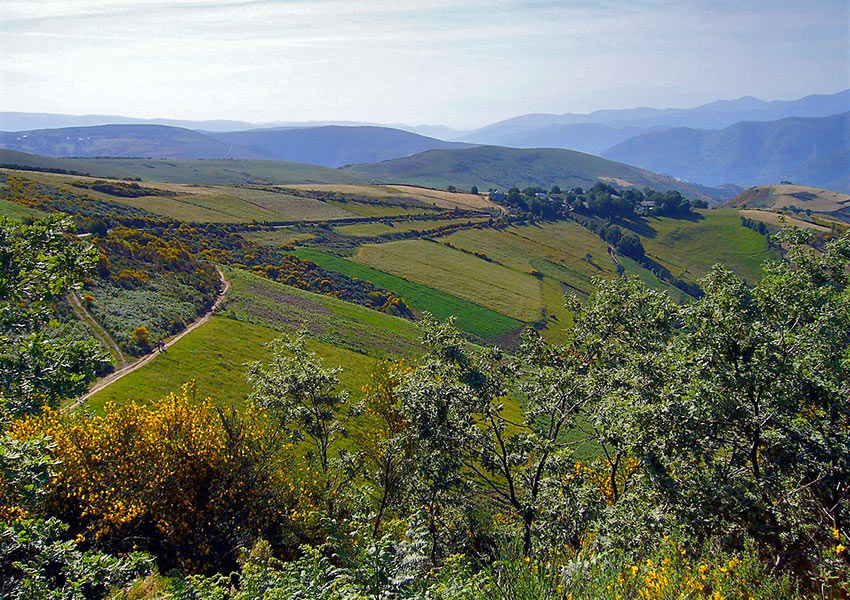
Tonight we are in Villafranca having spent three days riding our mountain bikes across the great plains of central-northern Spain. Now we are a day or so into climbing the mountain passes leading to the city of Santiago in Northern Spain. It is early June and the temperature in the town square reads 43 degrees C – nearly 108 deg F. Hot and sunny have been the key words for the last week.
The rental mountain bikes are heavy and the climb days which we are just starting, range from 600- 1500 meters. It certainly is an excellent work-out. Tomorrow will be the longest climb of the trip. In the heat it is difficult to get enough water and fuel for these climbs. Fortunately, there are lots of medieval towns along the way with bars and hostels.
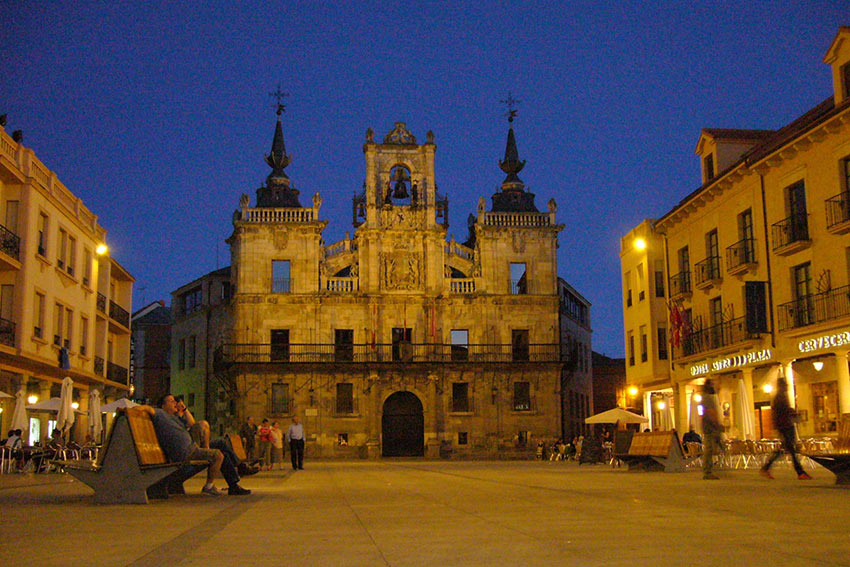
Best town so far – Astorga. Lots to do and we stayed at a great hotel on the town square with wonderful restaurants. Great place to relax with a beer, after the tough hill climbs. After Astorga we traveled through several “semi-abandoned” ancient stone villages. One house in town might have been abandoned and crumbled – maybe even a hundred years ago- while beside that is a restored house with a Mercedes parked outside. That is one of the great things about traveling the Camino – or Pilgrim Way. The route leads right through the heart of all these villages and farms. On many occasions the path crossed a farm between the house and the barn and we had to wait as the farmer’s wife moved the cattle down the road with a hickory stick.
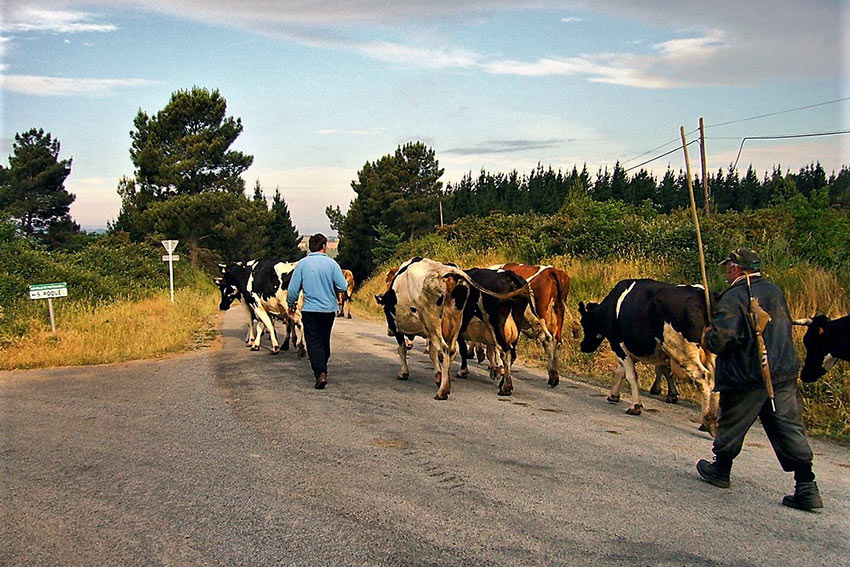
Having spent two days in hectic and crowded Madrid, we appreciated the open spaces and the fact there was no commercialization. This route, from where we started in Burgos, has changed little in the last few hundred years – maybe even a thousand years – who knows. On the Camino, on our bikes, we pass thousands of pilgrims or “Perrigrinos”. The Camino pilgrimage heads west – always west – towards the cathedral in Santiago. As we pass through modern cities like Burgos and Leon, and hundreds of more villages, the “Perrigino Way” is constantly marked with painted yellow arrows, or stone markers, even sea shells embedded in the pavement. It is hard to get lost with this signage and always the pilgrims walking the Camino in one direction. Occasionally we manage to get lost anyways – all part of the fun of the adventure.
No cars and no billboards. What a pleasure.

We passed so many thousands of Perrigrinos. Most walk alone. Some walk 20 K a day, others try to achieve 30 a day. Most talk of resultant leg injuries and foot problems. Some take months to walk hundreds of kilometers. Some do a portion of the route each year. Everyone walks for his or her own reasons. On they plod. We noticed many got up by dawn or earlier to get miles in before the heat of the day. There are lots of towns along the way with stores and bars to feed the Perrigrinos. Every village seems to offer them something. It is all condensed for us on bikes moving quickly, but for the walker, I’m sure the towns and restaurants don’t come often enough.
The Perrigrinos have developed traditions that are interesting. Such as the tradition of carrying a rock all along the route. As if the back packs weren’t heavy enough! This rock represents “their burden” that they carry with them wherever they go. Along the route, near the top of one of the passes is a large iron cross. At the base of this cross tradition says people can cast away their burden (rock). Now after many years, the hill of rocks under the cross has risen over a large area to a hill 20 feet or more in height. Many rocks are painted or written on. It seems to represent a million burdens. What a wonderful tradition.
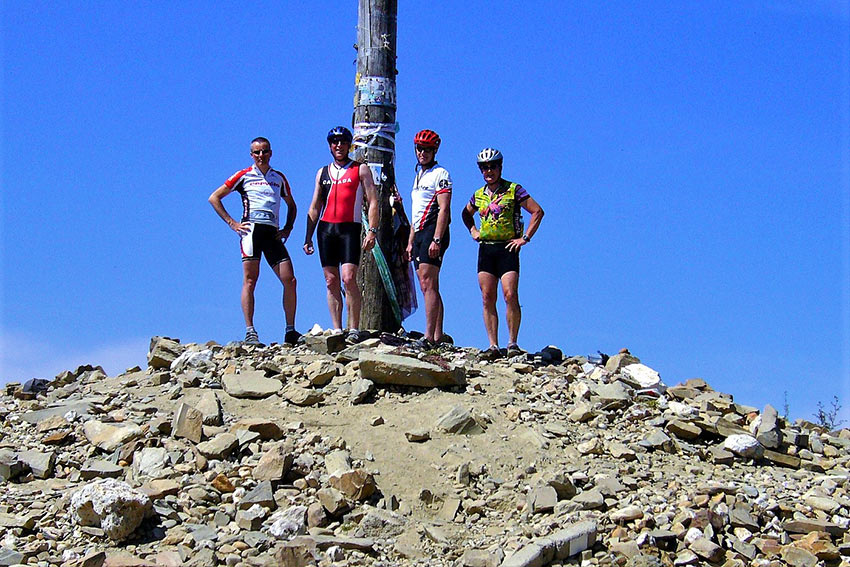
Every night we worry a bit about what the heat and the hills will bring the next day. Last night we stayed in Molinsaseca just outside of Ponferrada. The elderly Spanish lady who owned the Hostel we stayed in – a pleasantly converted ancient stone barn – took us on a tour through her adjacent house. What a privilege this was. We’d never normally be invited inside a home or villa. Most home exteriors offer little indication of the wealth of the house hidden behind the walls.
Her home was immense and full of beautiful artifacts, antiques and original oil paintings dating back hundreds of years. The dining room was a 100 ft. long converted wine storage vault with a magnificent slate/stone floor. It seemed it could seat a hundred people in comfort for that small family dinner. She’d raised 9 children. One had gone on to become a famous author in Spain. The next days we saw him being interviewed on television.
The hill climbs are challenging for us. Most of us, like myself, try to gasp our way slowly to the top in the lowest gear possible (wishing there were even more gears!). On the ride day to Molinaseca, I spent an hour breathing hard and sweating huge amounts for a climb that offered very few respites. Every turn revealed another rise. I had to mentally convince myself not to stop and walk. Finally the top – no it isn’t! More climbing, ears popping! Eventually we all passed through the stone village at the peak stopped for water and a quick photo of the magnificent views and then the screaming downhill. “I earned this”, I said to myself as the steep road descended and my brakes seemed to be ready to burn. Ooops, more hills. Will the climbing ever end? Yes, finally, the 10 mile descent. No cars on the road. Just the sound of cow bells from way below in the valley. And the wind in your ears.
Finally on the last, “easy” day, we experience a few short but surprisingly tough hills and a wonderful trial ride through eucalyptus glades. At last! Santiago and the cathedral – in time for the Perrigrino mass at noon.
Later that day there is definitely a feeling of disappointment that the trip is over and done. But imagine how the Perrigrinos must feel after walking for months. They must continue walking for many more months in their dreams!

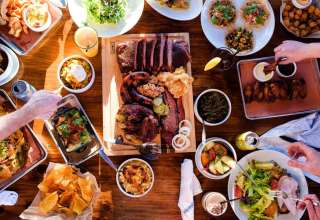
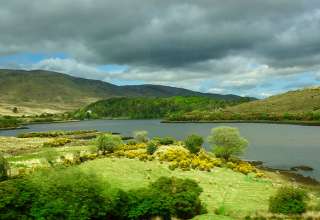
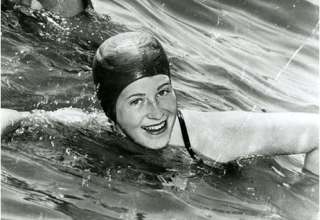
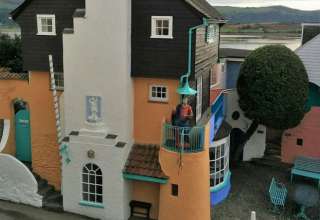
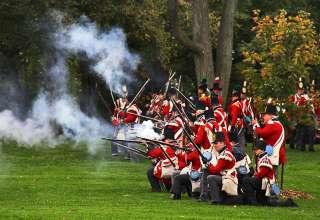



















tony chisholm
December 3, 2020 at 11:02 am
Great story. Thanks for publishing